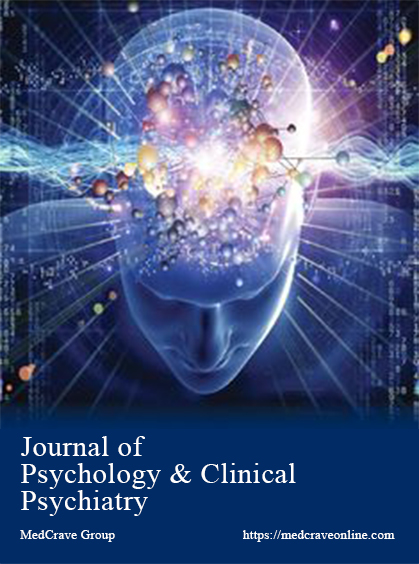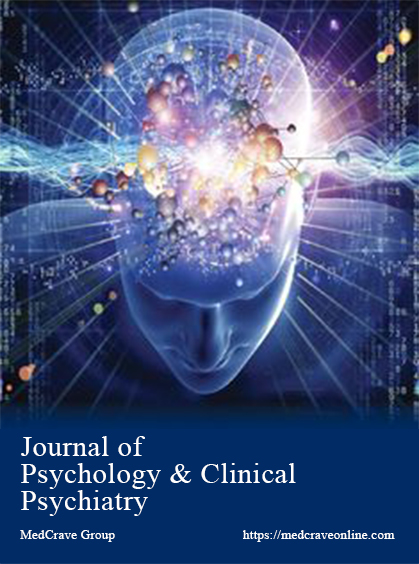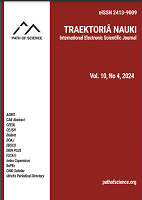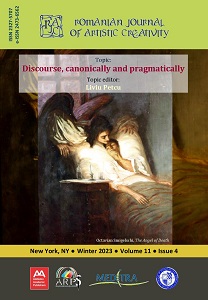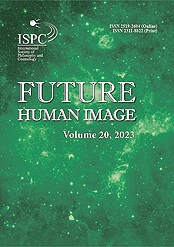Author(s): Vernon M. Neppe,Shauna Mason / Language(s): English
Issue: 3/2018
The SOBIN (Subtle Organic Brain Inventory of Neppe) is the only available clinical neuropsychiatric inventory screening for soft organic type symptoms and learning disabilities. It was developed in 2002 by Vernon Neppe at the Pacific Neuropsychiatric Institute in Seattle, where it’s used extensively. The SOBIN is a paper-and-pencil screen of pertinent medical history relating to higher brain function. It is designed to integrate six major elements: a. Primarily, the items elicit soft organic brain pathology. This is particularly important in the broad spectrum of neuropsychiatric cases ranging from possible brain injury, to psychopathology, to soft organic impairments that may have been lifelong, such as in evaluating subtle difficulties like prosopagnosia, dysproccia and attention deficits. b. Secondly, the SOBIN allows for monitoring patient-reported changes, including after significant pathology like head injury or encephalitis. c. Thirdly, the SOBIN provides awareness of the subjective cognitive areas of special strengths. d. Fourthly, the questions elicit monitoring ordinal severity fluctuations in higher brain function. This is particularly useful in medicolegal cases, as well as cases where distinct events such as traumatic brain injury occurs. e. Fifthly, the SOBIN assists with obtaining ancillary baseline data, ranging from laterality to personality to symptom triggers, additional to the INSET (Inventory of Neppe of Symptoms of Epilepsy and the Temporal Lobe). f. Sixth, we have provisionally clustered the SOBIN items into 11 broad categories, modelling it on Vernon Neppe’s BROCAS SCAN, an instrument that objectively clinically measures higher brain functions. By these means we can compare the subjective and objective results, though the items historically measure broader and sometimes different items than that of the BROCAS SCAN. The SOBIN provides a consistent and standardized method of measuring reports of higher brain symptoms. It is most often combined with another of Vernon Neppe’s screens, the INSET. Together and along with the clinical examination, these tests assist the clinician in ensuring there are no indicators of invalid responses. This way one is able to better interpret neuropsychiatric tests properly. The SOBIN has unique neuropsychiatric use and applications because it is the only instrument in its class.1−3 By scoring 88 main items plus 24 ancillary items, the SOBIN-1 compares past and present, evaluates degrees of severity, and proves critical in both clinical and forensic contexts, including patients with questionable organic or brain pathology or neurological conditions with possible psychiatric elements, previous head injury or encephalitis or tumor or other brain insult or possible seizure disorders or paroxsymal neurobehavioral disorders. Further items were recently added, making up an extra 112 questions and called the SOBIN-2. The SOBIN is the name for the 200-item combination of the SOBIN-1 and the SOBIN-2. Effectively the two SOBINs (1 and 2) are now used together as a single instrument, the SOBIN. The SOBIN is the main focus here. However, because it has always been used with the INSET and with an objective evaluation of higher brain function, the BROCAS SCAN, and the 10 higher brain categories of the ROCAS applied to cluster analysis of symptoms, the INSET and BROCAS SCAN (along with the MOCA and MMSE) are included in some detail. We also apply two neglected conditions—prosopagnosia and dysproccia—as examples of how to apply clinical data and ultimately research using the SOBIN.
More...



